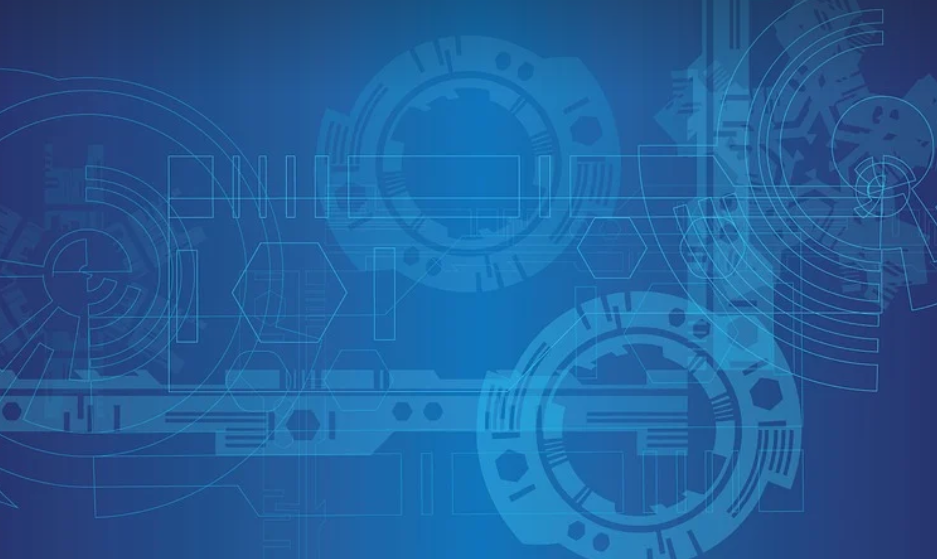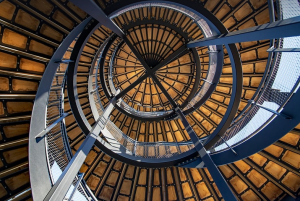
Breaking Barriers, Building Bridges
The digital arts landscape is constantly evolving, with new technologies and creative possibilities emerging every day. From AI-powered tools to immersive virtual environments, the future of art is brimming with exciting opportunities. The emergence of Digital Arts Research Centers (DARC) has been a key catalyst for this evolution, serving as vital hubs for knowledge sharing, innovation, and collaboration.
DARC’s are more than just research facilities; they’re vibrant communities where artists, researchers, engineers, and students from diverse backgrounds can come together to push boundaries and explore the boundless potential of digital art. These centers act as bridges between artistic expression and technological advancement, fostering a dynamic exchange that elevates creative practices.
A Catalyst for Creative Innovation
One of the most compelling aspects of DARC is their role in driving innovation. By connecting artists with engineers and researchers, these centers facilitate cross-disciplinary experimentation, leading to groundbreaking discoveries and new artistic forms. These collaborations often result in novel techniques, tools, and technologies that significantly enhance the creative process.
Take, for instance, the development of AI-powered art generators. DARC has been instrumental in fostering research on these innovative tools. By pushing the boundaries of machine learning and artificial intelligence, artists can now explore new dimensions of creativity, blurring the lines between human and digital artistry. The result? A surge of awe-inspiring visuals, from abstract masterpieces to hyperrealistic depictions of the natural world.
The Power of Interdisciplinarity
The magic of DARC lies in its ability to foster interdisciplinary collaborations. Bringing together artists, engineers, and researchers under one roof creates a fertile ground for creative exploration. This unique blend of expertise allows for a multifaceted understanding of artistic expression and technological advancements, ultimately leading to a more holistic approach to art.
Imagine a DARC where an artist collaborates with a software engineer to explore new ways to manipulate sound or texture in digital art. Or a research team working on interactive virtual reality installations that push the boundaries of immersive storytelling within a cultural context. DARC’s interdisciplinary approach fosters these kinds of breakthroughs, pushing the creative envelope across various disciplines.
Shaping the Future of Digital Art
Looking towards the future, DARC play a crucial role in shaping the trajectory of digital art. By nurturing and supporting emerging artists, these centers provide a platform for experimentation and exploration, paving the way for groundbreaking artistic endeavors. Through education and training, they prepare the next generation of creative minds to navigate the ever-evolving landscape of digital arts.
DARC are also vital in disseminating knowledge about new technologies in art. They host workshops, conferences, and exhibitions, showcasing cutting-edge research and innovative artistic practices. These initiatives serve as a beacon for aspiring artists, enabling them to stay ahead of the curve in a rapidly changing digital art world.
Embracing Diversity and Inclusion
A hallmark of DARC is their dedication to fostering diversity and inclusion within the arts community. By actively supporting underrepresented voices and providing opportunities for marginalized communities to engage with technology, these centers ensure that everyone has a space to explore and express themselves creatively.
DARC’s commitment to inclusivity goes beyond providing access to resources and platforms; it also involves training programs and mentorship initiatives aimed at empowering artists from diverse backgrounds to thrive in the digital art world. By fostering a sense of belonging and collaboration, DARC empowers individuals from all walks of life to contribute their unique perspectives and artistic talents.



